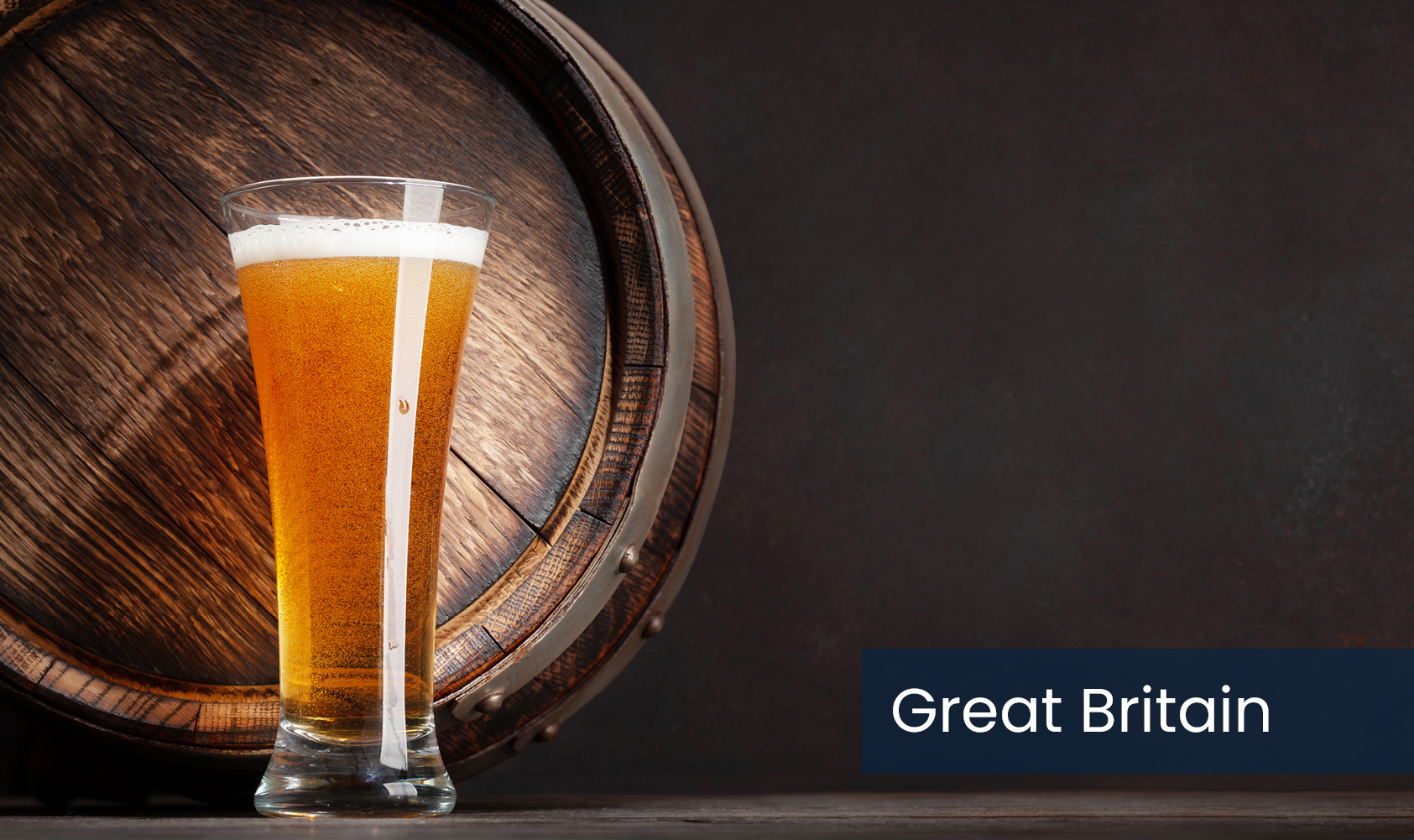Few drinks categories embody the uniqueness of British pubs and bars like cask ale, but CGA’s On Premise Measurement Service shows that it has lost share of beer and cider sales from pre-pandemic levels. This is despite the fact that the local and British aspects of drinks—two factors that fit cask ale better than virtually any other categories—have increased in importance for consumers during the pandemic.
So why hasn’t cask ale enjoyed the post-reopening bounce seen in other categories like premium and world lager? CGA’s research highlights the three big challenges to consider.
1 Ageing demographics
CGA’s BrandTrack survey shows that nearly two thirds (63%) of cask ale drinkers are aged 55 or over—a figure that has risen by four percentage points in just two years, and that compares to only 37% of all drink consumers. Older people have been much slower to return to the On Premise than younger adults, particularly in the early stages of reopening, and two in five (41%) of those yet to return are in the 55+ age bracket. While some younger consumers embrace cask, they are much more likely to engage with categories like world lager, spirits and cocktails, all of which have grown market share in 2021.
2 Rationalisation in range
CGA’s EPOS data shows that more than half of managed outlets have rationalised their draught beer and cider range since reopening. Cask ale has been hard hit by this, with the average number of cask brands on the bar halving during the first phase of outdoor-only trading in the Spring. The short shelf-life of cask, coupled with uncertainty around footfall, led operators to seek to minimise wastage and favour keg over cask.
Cask ale range increased as the weeks went on, but it remains 30% below the levels of 2019. Reduced ranges tend to favour large national brands at the expense of smaller, newer or more innovative ones. While tried-and-trusted cask brands satisfy some core consumers, cuts in range can diminish the category’s appeal to new or experimental drinkers who want to try new things and explore the nuances of cask.
3 Pricing and perceptions of quality
Pricing has been a long-term challenge in the cask ale category. There is a perception that it should be lower on the pricing ladder than other categories, and the average price of a pint of cask is now £3.62—20 pence the draught beer average.
But lower price points can damage customers’ perceptions of quality, which is dangerous at a time when quality is growing in importance as a choice factor. Nearly two thirds (62%) of cask drinkers associate good value with quality, while just 3% connect it to cheap, and well over half (55%) are willing to pay more for a better quality drink—well ahead of the all-consumer average of 48%. Raising price points can drive up perceptions of quality, and they are justified by the level of care and attention that goes into brewing, conditioning and serving. Higher prices can help at the till too: CGA’s EPOS data shows that managed outlets listing cask at higher price points generate a rate of sale that is up to 33% higher than the average venue.
How to win in cask
If cask ale is to start reclaiming its share of beer sales, a rejuvenation is needed. Firstly, the category needs to appeal to younger and more explorative drinkers and take learnings from other categories that have successfully done so, like craft beer and gin. Education is also needed to win over these consumers, many of whom like to immerse themselves in categories and brands and learn about their ingredients, heritage and origins. Cask is as well equipped as any category to do this, and by highlighting key attributes like locality, quality and uniqueness it can increase its appeal to younger drinkers.
Secondly, operators and suppliers need to innovate and take risks on range. Listing familiar favourites on the bar is important to satisfying core consumers, but rotational, new, different and seasonal options are key to engaging new consumers. This approach tends to drive a higher rate of sale too.
Finally, consumers need to know that cask ale is a quality product. Pricing is key for this, but marketing and communications have to demonstrate it as well. Ensuring that consumers are aware of the local and British attributes of cask, the care and attention that goes into each pint and the stories behind the brands, brewers and categories can all help to engage both new and existing consumers, and highlight everything the cask category has to offer.

CGA’s research provides operators and suppliers with in-depth insights into consumption and trends in cask ale and many more drinks categories across the On Premise. To learn more, please contact mark.jackson@cgastrategy.com.



